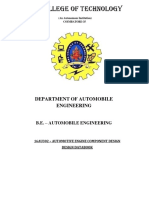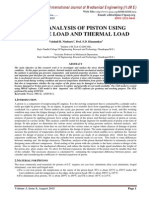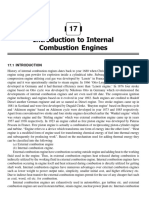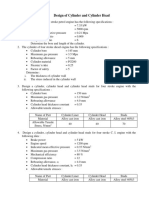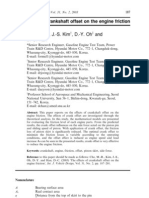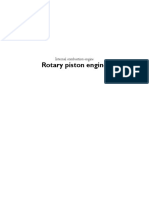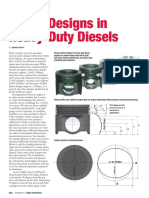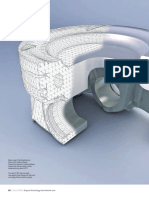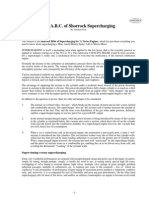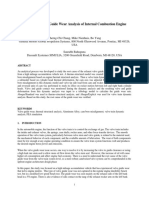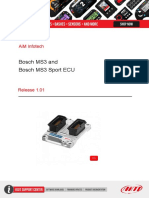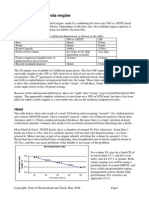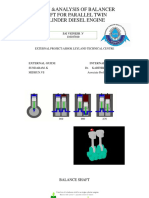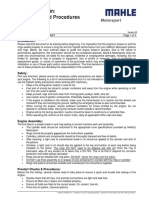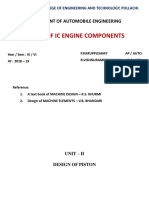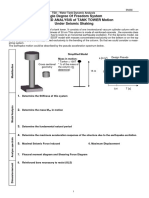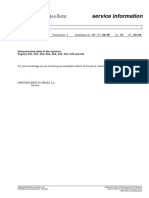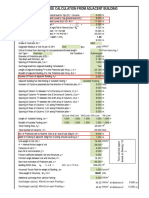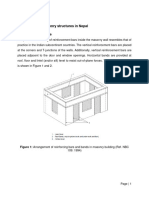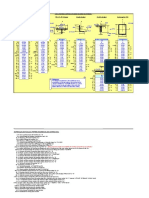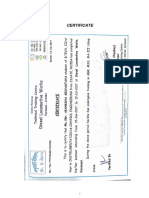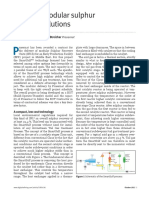0% found this document useful (0 votes)
163 views9 pagesTutorial Unit-2 Piston Design
Trunk pistons are long relative to their diameter and act as both a piston and crosshead. Aluminum pistons are lighter than cast iron pistons and conduct heat better, while creating less deposits. The design criteria for pistons include withstanding pressure and heat while being lightweight, rigid, and having low friction. Piston design considers the head, rings, barrel, skirt, and pin to meet these criteria.
Uploaded by
UV EDITSCopyright
© © All Rights Reserved
We take content rights seriously. If you suspect this is your content, claim it here.
Available Formats
Download as PDF, TXT or read online on Scribd
0% found this document useful (0 votes)
163 views9 pagesTutorial Unit-2 Piston Design
Trunk pistons are long relative to their diameter and act as both a piston and crosshead. Aluminum pistons are lighter than cast iron pistons and conduct heat better, while creating less deposits. The design criteria for pistons include withstanding pressure and heat while being lightweight, rigid, and having low friction. Piston design considers the head, rings, barrel, skirt, and pin to meet these criteria.
Uploaded by
UV EDITSCopyright
© © All Rights Reserved
We take content rights seriously. If you suspect this is your content, claim it here.
Available Formats
Download as PDF, TXT or read online on Scribd
/ 9



